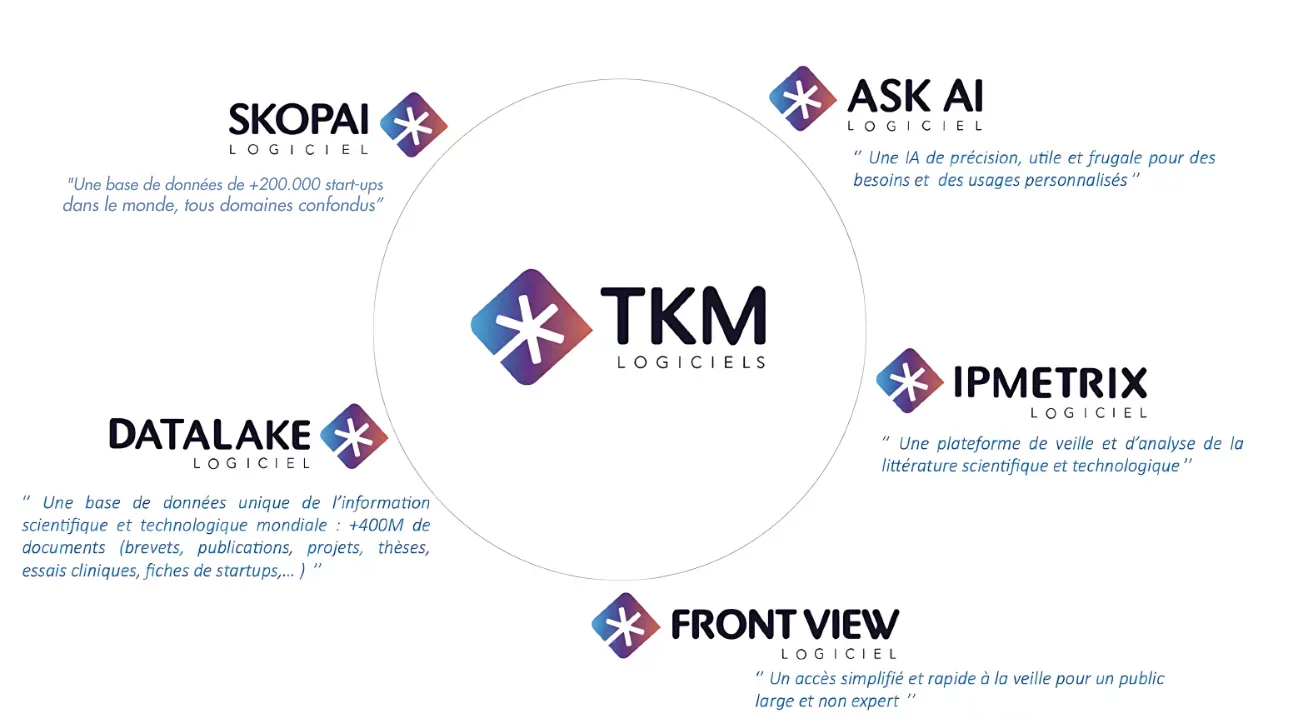When submitting a new patent application, the search for anteriority is sometimes wrongly perceived as a superfluous task - reserved for large companies with extensive legal departments. For an SME in the growth phase or which invests in massively in innovation, it may seem appropriate to rely on patent offices (such as the European Patent Office or the INPI) to do this work.
We submit the request ... and whatever the office arrives at a research report after the deposit ... and will transmit it to the SME! What would this preliminary diagnosis in this context be used in this context?
However, this reasoning frequently heard in the mouth of leaders of SMEs is problematic.
Indeed, this amounts to confusing the administrative and legal process for the validation of a patent application with the crucial strategic exercise which consists for a company to file a patent ... (or not to file this patent!) In knowledge of the facts.
Place without looking for: a risky temptation
The objective and the need for prior priority
A search for anteriority consists in this stage of mapping existing titles . It is therefore the last internal step in strategic validation of the opportunity to file this patent application according to the state of the forces present ...
This step, after writing the invention thesis, consists in building your strategic understanding of your technological and competitive environment.
Place without carrying out this prior research is to move forward blindly . It is to take the risk of wasting time in back and forth with the office that could have been anticipated. In addition it frequently happens that this search for anteriority will lead you to specify, slightly modify the structuring of your claims to increase your chances of success easy and quick once the request has been filed!
In addition to the passage, you complete and deepen your understanding and intelligence of your competition.
And for an SME, it amounts to bringing into play significant means, time, and risking spoiling this investment by forgetting the last check.
Writing a patent is a key moment. This step freezes the legal contours of the invention for which you will claim a monopoly of use for the years to come.
Without a clear vision of the existing patents on the same perimeter, how to characterize precisely what makes the novelty and the interest of your invention ? How will you know if your request is a strategic request (industrially) or "just" a "marketing" patent?
If the latter are frequent and not useless (especially for a fundraising start-up) you will not have the same international extension strategy for example, and with a considerable potential impact on the budget that you will devote to this title, to this invention!?
Finally, without this analysis, the company is exposed to another risk : that of being challenged by its title by a competitor who considers that you are counterfeit of his own patents! Indeed another current error is to believe that once your title validated and delivered by the Office you are safe from an infringement action by a third party. It is certainly not very intuitive, but it happens more frequently than you think.
Indeed your invention can indeed be an improvement or specificity of a more general invention already protected, thus leading to a right of dependence.
So no! When submitting a patent application, carrying out a serious prior anteriority is not a luxury . It is a strategic compass, effective writing help and a legal security tool.
And for SMEs, which have little time and important issues, it can make all the difference.
The illusion of a time and money saving
When a company files a patent application, she knows that a research report will be systematically produced by the Office (European or national), at its expense.
Why then finance an upstream anteriority search? The logic seems simple: wait for the official results, and then decide to continue or not. On paper, this reasoning seems pragmatic. In practice, it exposes to major strategic risks .
A frozen deposit, difficult to correct
Writing a patent is a structuring : what is written in the first version can only be changed on the margin. If we discover, after the fact, blocking or close anteriority, it is often too late to effectively adapt the text . It is then preferable to abandon your request and start on a new one, provided that this is still possible! But what a waste of time!
Result: reduced chances of obtaining solid protection, and an increased risk of seeing your request rejected - or worse, of being attacked in counterfeiting without having seen it coming!
A strategic vision from the outset
Know your technological neighbors
Carrying out an upstream anteriority search is much more than a legal reflex: it is a strategic approach. It makes it possible to map the actors who revolve around your innovation territory, to identify their positioning, to detect your possible dependencies to their patents ... and to adjust the protection strategy accordingly.
It is also a way to avoid dead angles . The office can miss a relevant document, or integrate one that is not - the subjectivity of the examiners is a fact, even within a rigorous approach. By carrying out this research yourself, you keep the mastery of your own reasoning and your strategic copy.
A more targeted writing, therefore more efficient
Knowing the state of the art before writing is to do it intelligently . By identifying the elements already disclosed, we can precision with the really distinctive characteristics of its invention - those that make the difference.
This is where the key to a concise, clear, legally robust and aligned writing resides on the requirements of the offices.
A measured investment, a decisive impact
No, it is not reserved for large groups!
Contrary to popular belief, a research is not an exercise inaccessible or reserved for industrialists with an internal industrial property unit.
TKM offers an accessible service, especially thought of for SMEs.
A profitable approach throughout the chain
Investing in the search for upstream anteriority is to lay the foundations for faster , more relevant and more economical . Less time spent through industrial property council, better quality of deposit, a more relevant protection strategy: at all levels, this anticipation optimizes the resources you mobilize.
What about large companies?
The anteriority search does not only concern SMEs. For industrial groups, it also constitutes a strategic lever - but its use is integrated into a different logic.
Large companies often have specialized industrial property services, internal lawyers, dedicated tools, etc. and a large volume of deposits each year. They can thus calibrate their strategy according to the criticality of each invention: to secure 100 % projects with high potential, and ignore - consciousness - on others, for more exploratory or marketing .
It is not negligence, but an assumed strategic choice, integrated into a global strategy.
Some requests even have the purpose of "occupying the field", to report positioning or to secure research partnerships. In these cases, the deposit becomes as much a protection tool as a communication tool.
In other words, if the search for anteriority is essential for any company that wants to maximize the value of its patent portfolio , the methods of its realization depend on the context: level of mature Pi of the company, number of deposits per year, technological or industrial strategy, sector (pharmacy, tech, cosmetics, etc.), and objectives related to patent (protection, deterrence, marketing, etc.).
What TKM offers to innovative companies
Combined support: technological and strategic
TKM supports companies - from industrial SME to the international group - in the structuring of their intellectual property strategy . In partnership with industrial property advice (ICC), we integrate the technological, competitive and strategic dimensions of your patent activities at each stage.
The approach is global: technological watch, mapping of existing patents, analysis of technological positioning, assessment of counterfeiting risks, alignment with the business strategy ... All with a clear objective: to make the patent a real lever for innovation and investment .
And sometimes even a communication tool . Certain patents are filed to report a presence on an area, dissuade a competitor, raise funds or even strengthen a partnership posture-far beyond technical protection. In this context too, knowing its technological environment well remains essential.
A calibrated offer according to your context
Whether you file a unique or more dozen demand each year, our tools and our methodology adapt to your specific issues. We support:
- start-ups and SMEs who wish to secure their first deposits,
- The Pi directions seeking to optimize their deposit and writing process,
- And the R&D departments which have an imperative and constant need to fully understand their technological and scientific environment.
TKM designs intellectual property as a strategic tool, both defensive and offensive. It also applies this rule and implements it on the fringes of its own R&D activities and patent deposits.
Each deposit is a structuring choice: we help you do it with method, lucidity ... and keep a step ahead of the competition.
A complete software offering

To save a research of priority is often to take a risky bet - especially when innovation is a key asset for the future of your business. TKM supports SMEs and large groups to transform this step into a strategic lever.
Do you want to secure your next patent filing? Contact us for a first analysis on the patents of your field. Together, let's build protection aligned with your vision and goals.

